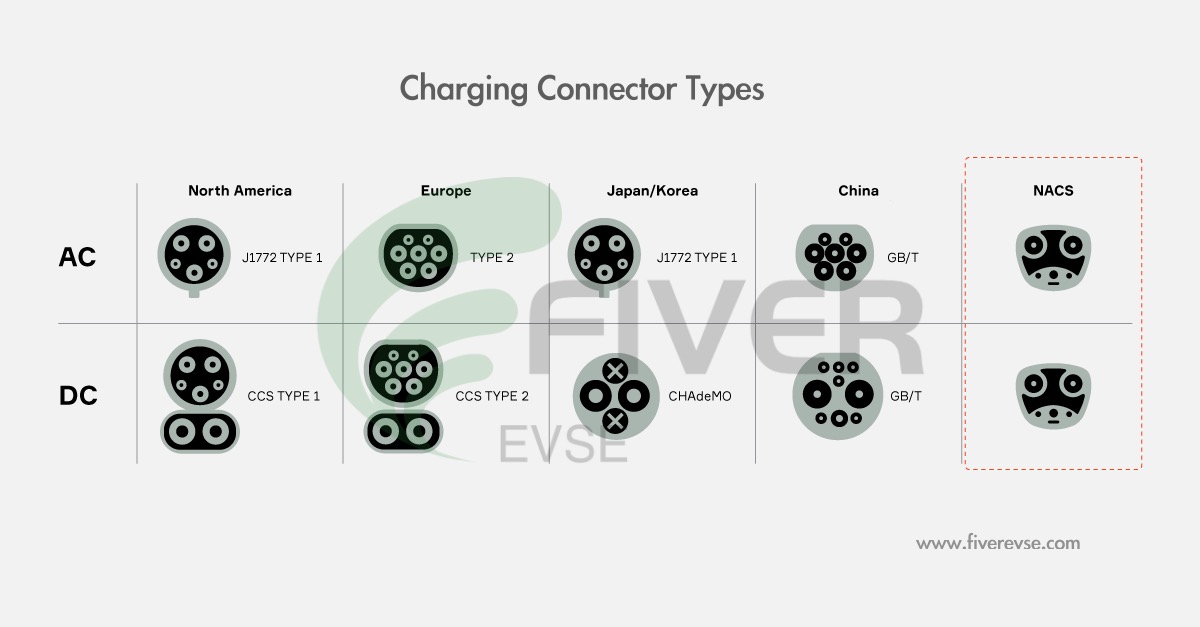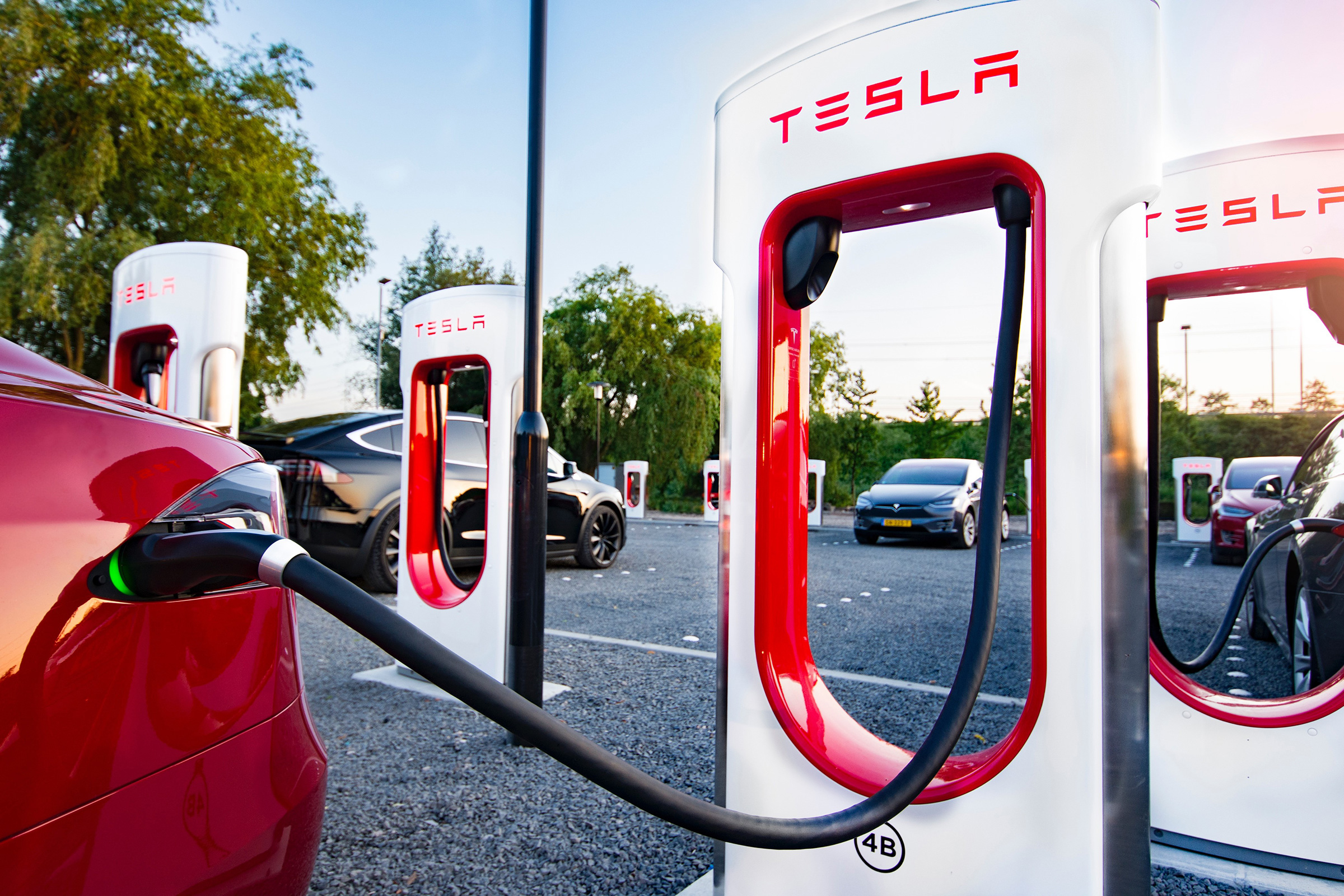Industry news
CCS Charging VS NACS Charging: A Comparison of Charging Standards
CCS VS NACS Charging Standard
Firstly, let's take a look at CCS Charging. CCS, which stands for Combined Charging System, there are two types known as CCS1( CCS Combo 1) & CCS2(CCS Combo 2). the CCS2 is a standard that has gained widespread adoption across Europe and is increasingly being adopted in other parts of the world. CCS Charging utilizes the CCS1 and CCS2 inlet connectors, which support both AC and DC charging. This makes CCS a versatile and comprehensive charging solution, suitable for a wide range of EVs. Many major automakers, including Volkswagen, BMW, and Audi, have embraced CCS as their preferred charging standard, further solidifying its position in the market.
On the other hand, NACS Charging, which stands for North America Charging Standard NACS, was know as Tesla charging standard, currently being standardized as SAE J3400 has been widely used in the United States for many years by Tesla. NACS Charging supports AC charging and primarily uses the tesla connector. However, it is important to note that Tesla, a leading EV manufacturer, has also played a significant role in popularizing NACS Charging through its extensive Supercharger network, which predominantly utilizes the Tesla Connector. As a result, NACS Charging continues to be a prominent and widely used standard in the U.S., particularly for Tesla owners who have access to the Supercharger network for public charging.
The charging connectors for CCS VS NACS.

· NACS Connector is a charing plug that supports both AC and DC Fast Charging. CCS has separate pins for AC and DC power.
· NACS EV Connector is smaller and lighter than CCS, and its cable is more maneuverable,
· Charging network: NACS has a more reliable charging network than CCS especially in North America.
· Current and voltage: CCS connectors can deliver higher current and voltage than NACS.
When comparing CCS Charging and NACS Charging, it is important to consider their respective strengths and weaknesses. CCS Charging ports offers the advantage of faster charging speeds, thanks to its support for high-power charging. Additionally, the CCS1 and CCS2 connectors for dc fast chargers are designed to be user-friendly and ergonomic, making the charging experience more convenient for EV owners. However, one potential drawback of CCS Chargers is its compatibility with a relatively smaller number of EV models compared to NACS Charging. This is mainly due to the historical dominance of NACS Charging in the U.S. market and the extensive adoption of the Tesla Connector by Tesla vehicles.

In conclusion, the choice between CCS Charging and NACS Charging ultimately depends on various factors, including geographic location, vehicle compatibility, and charging infrastructure availability. While CCS Charging is gaining momentum as a global standard, NACS Charging continues to be a dominant force in the U.S. market, particularly with the presence of the Tesla Supercharger network. As the EV industry continues to evolve, it is crucial for charging standards to adapt and innovate to meet the growing demands of EV owners. Regardless of which standard prevails, the ultimate goal is to provide a seamless and efficient charging experience for EV users worldwide.
Tags: #CCS VS NACS, #CCS Charging, #NACS Charging, #Charging Standards, #Charging Connectors, #CCS1, #CCS2, #NACS, #Tesla Charging
Categories
Latest News
Contact Us
Contact: Jerry Zhan
Phone: WhatsApp: +8618028699987
Tel: +86-023-20791348
Add: No.2201,AESC Center, Yubei District Chongqing China